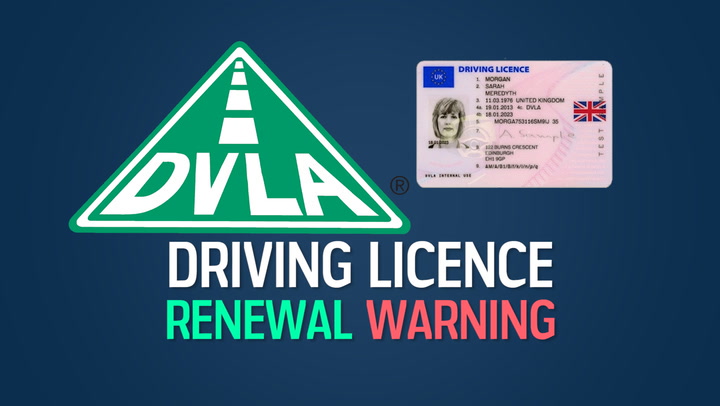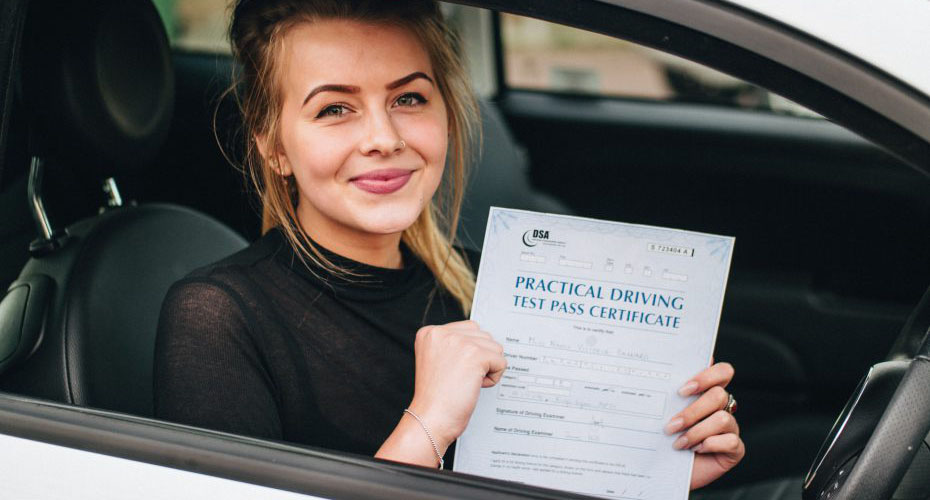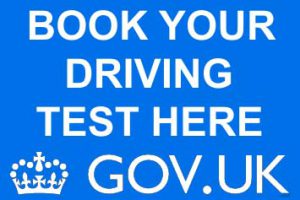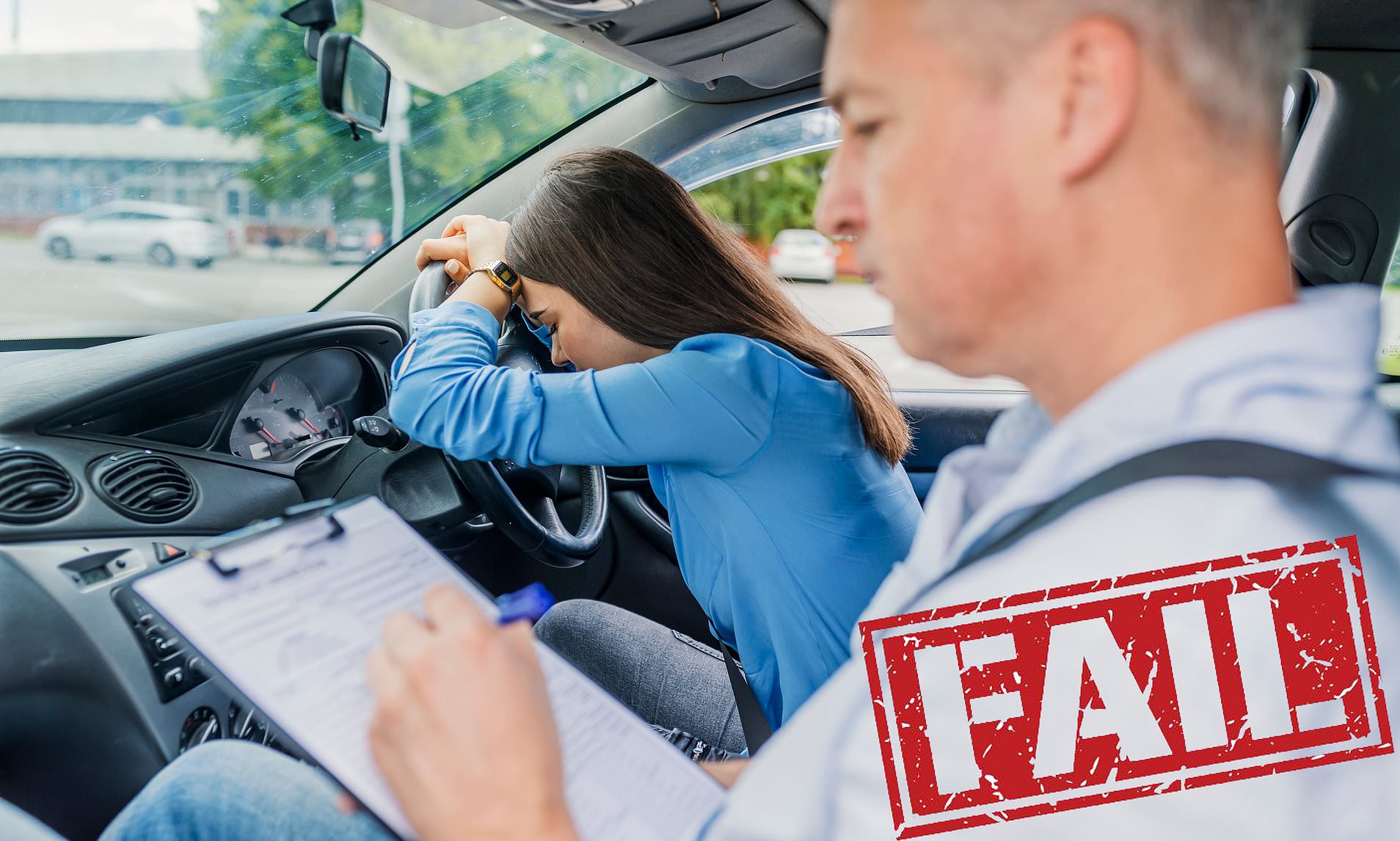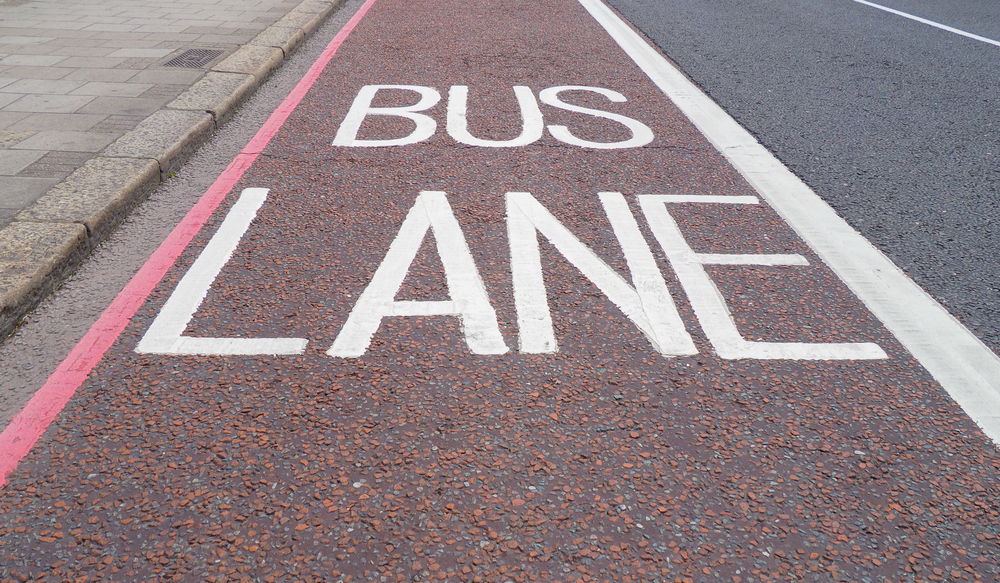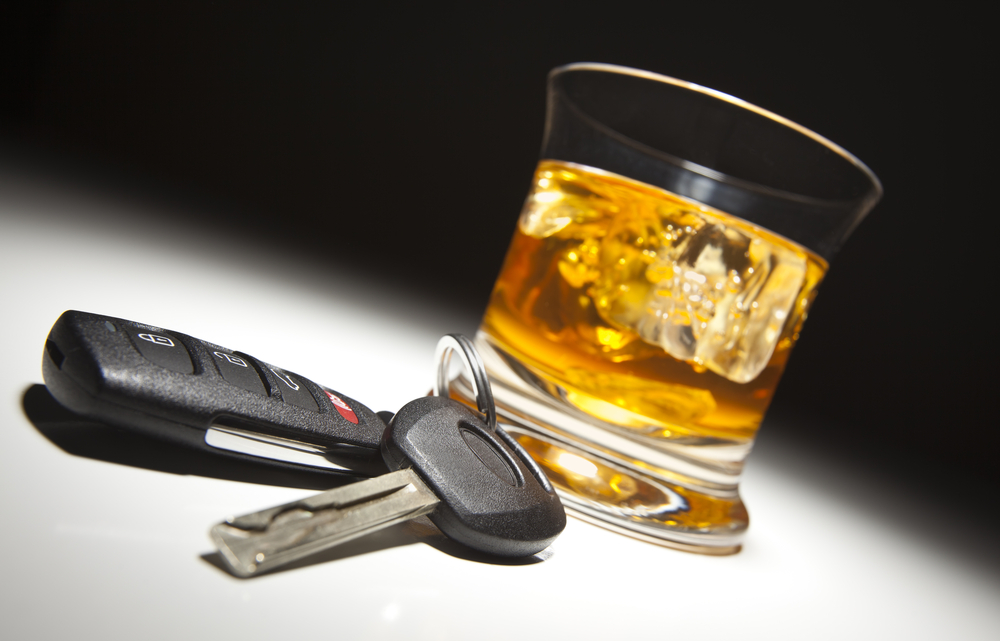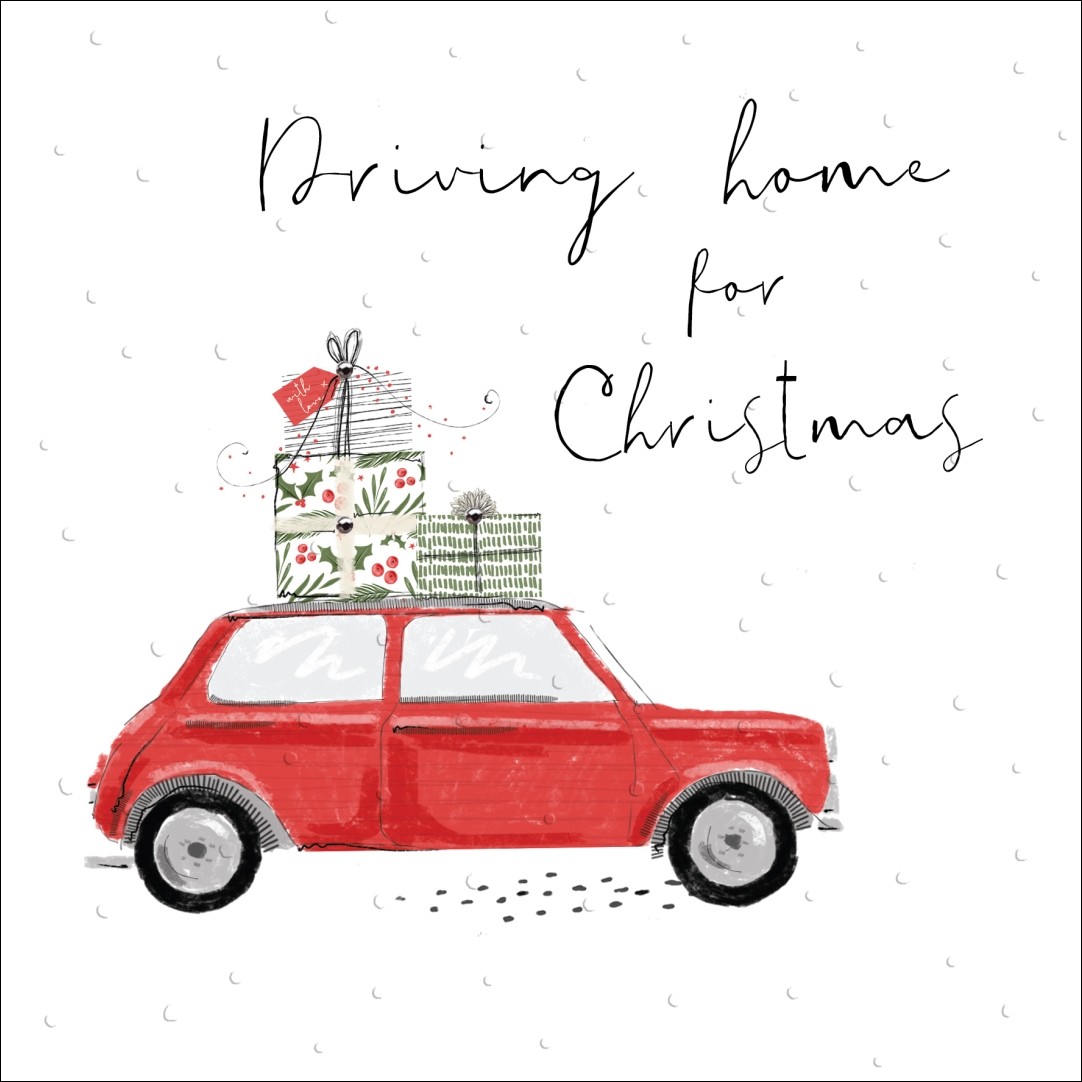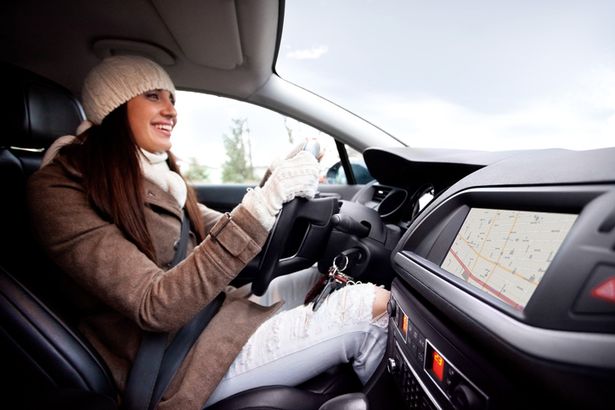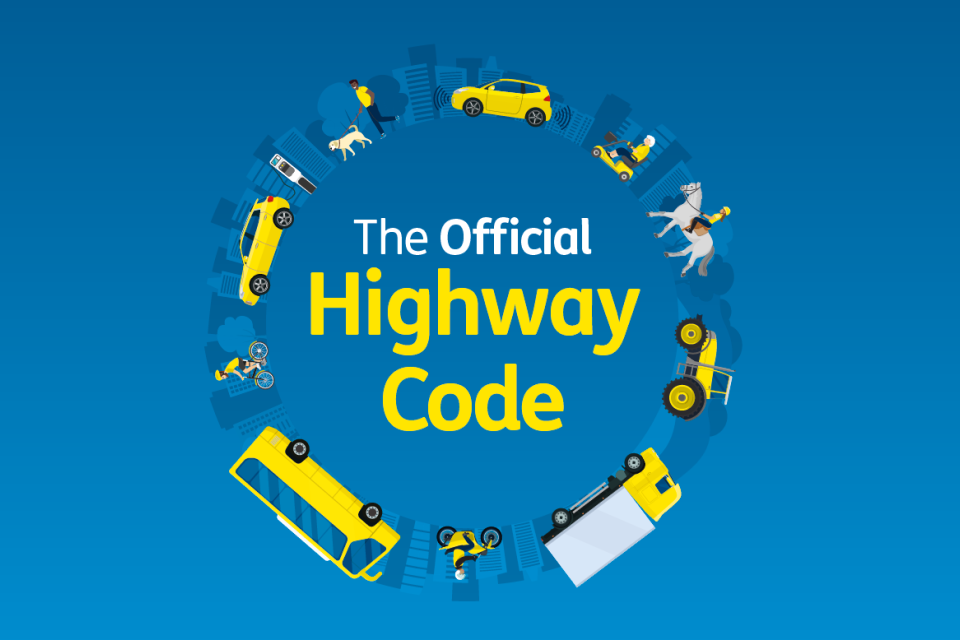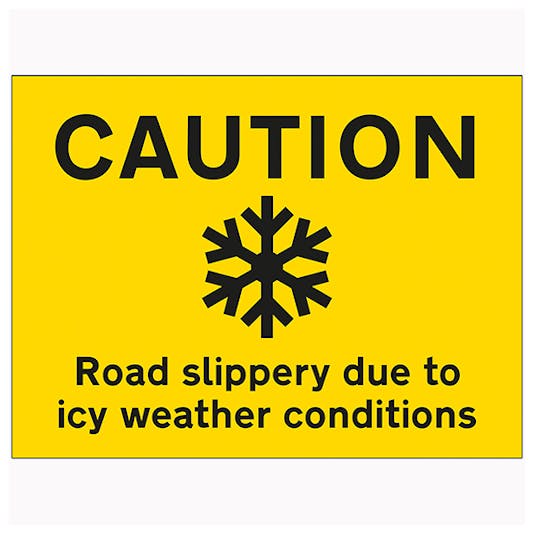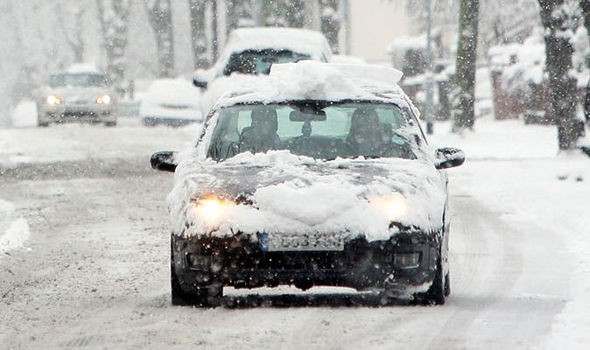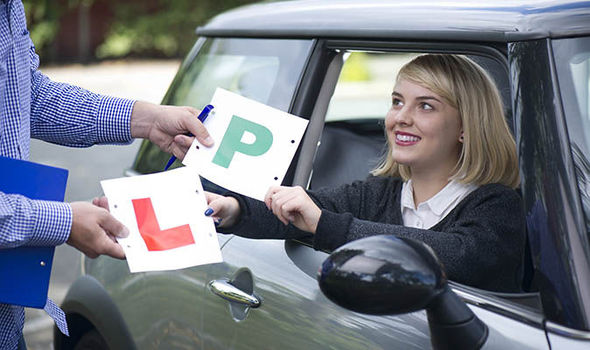The DVLA issued a warning to every driver who passed there test before 2014 that they must renew their licence before its 10-year expiration date arrives or face a heavy fine.Driving licenses are only valid for 10 years from date of issue, anyone who doesn’t renew their licence risks a £1,000 fine or having there vehicle seized.
A recent tweet from the DVLA reads: “You must renew your driving licence every 10 years. You can do this via the this renewal link or by post or via the post office.You will need to hold a valid UK passport, be resident in Great Britain (Northern Ireland has its own system), not to have been disqualified from driving and be able to show your current licence, or explain why not if you do not have it, as well as your National Insurance number and last three addresses.
Sourcing all the correct information and sending it off correctly will help avoid any delays in receiving your new licence.
You will also be asked to pay a £14 processing fee by debit or credit card online or £17 if submitting by post. Over-70s or those with a short-term medical driving licence are exempt from paying.
Once your application has been received, you should receive your new licence within a week, the DVLA advises.
The renewal process is slightly different for drivers aged over 70, lorry and bus drivers and those with a short-term medical driving licence. You will find all the information you need on the links provided.
Rebecca at Britannia said:
I would advise everyone to just have a quick check of when their licence expires and keep a note of the date, don’t leave it too late to apply as you could be caught out and landed with a hefty fine! Keeping all your important documents together can help you to be able to apply quickly and easily.
Comments(0)
 Buy Gifts Vouchers Here
Buy Gifts Vouchers Here Intensive Driving Courses
Intensive Driving Courses Driving Test Booking Services
Driving Test Booking Services



